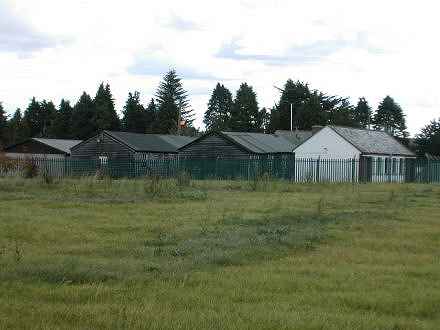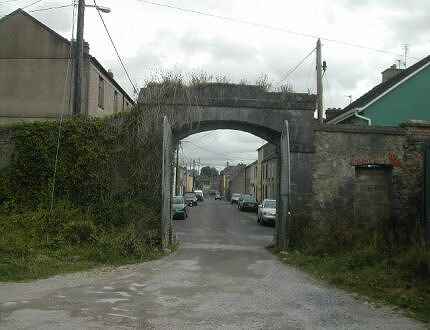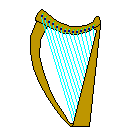Fermoy a Garrison Town
Page 2
by Paudie McGrath
|
King’s Square, renamed Brian Boru Square;
Queen’s Square, now known as Pearse Square;
King’s Street, now MacCurtain Street;
Prince’s Street,Victoria Terrace,
Albert Place,Grubb’s Quay, now Ashe Quay;
Grubb’s Hill,William Street,
Bowling Green Street,Bridewell Hill,
Artillery Quay and the Polo Grounds - these are
some of the street names and squares, when Fermoy was a British Garrison town
and predominately a market place for the people in the surrounding area.
The British Military arrived in Fermoy about 1797
and had a continuous presence in the town until 1922.
When the British left Fermoy in 1922,
the Barracks and
Military Hospital were burned to the ground during the period that was referred
to as ‘The Trouble Times’.
The actual burning took place in August 1923 and from that period onwards,
British street names disappeared.
|
 Military Cemetery |
 Fermoy Golf Club |
Fermoy Golf Club occupied the land on the right hand
side of the road beyond the Camp as you approach Fermoy from the Dublin side.
This stretched back to the quarry and to the
Fermoy/Mallow railway track. Golf in Fermoy started in
what was called the
Aerodrome. It then moved to the Sandpit in
Duntaheen Road and moved back again to the
Aerodrome fields in the late 1920’s.
This remained their home until 1970 when they moved to
Corrin. Across the main road from the Golf Club is
St.Josephs Square, which
was built in the early 1950’s.
As you walked towards the town the first prominent building you would see would be the magnificent
British Army hospital, which was situated inside the high
stonewall opposite the present-day
Dairygold store on the Dublin Road. There are still
iron rings embedded in that wall, which were used to tie up the ponies and donkeys during that period.
|
|
This Hospital was said to be one of the most modern hospitals in Europe. One of the many historic occasions
associated with the hospital was the fact that Edmond Kent, executed in Cork
in May 1916, and whose remains were brought
back to Fermoy after his execution, lay in repose in this Hospital before
his final removal and burial. You would then continue southwards passing the goods entrance to the
Railway Station and then under the
railway-bridge, which crossed the main road. This bridge
carried the main railway line from Cork to Rosslare, which was the property of the
Great Southern and Western Railway Company.
The Railway Station was opened in 1860.
|
 Fitzgerald Camp |
 Kent Memorial on Fermoy Bridge |
This
bridge was considered the
gateway into Fermoy. It crossed over the main road just about where the two garages,
Shell and Statoil, are presently situated on the
Dublin Road. The Railway line ran along outside the
Pitch and Putt wall where the
Beechfield Road is now. On the left hand side of the road there
was a very substantial property called
Beechfield House which was located
in the field where Beechfield Estate now stands. This property was
demolished in the 1960’s.
As you start your walk down towards Oliver Plunkett Hill which was then
Barrack Hill, you’d find
Albert Place
on your right, now named McDermott Place.
The Albert Place nameplate is still on the wall of Shinnick’s Supermarket over the Post Box.
|
The forage yard was across the road where
Wolfe Tone Park was built in 1912.
South of Wolfe Tone Park lies Casement Row,which
was then called
Factory Row. No one seems to know what factory the name refers to but the old people
used to say that there
was an ammunition factory somewhere in that area.
The next street on the right is
Bridget Street. This was a very busy street
and was called
West Barrack Street.
This street had many homes, seven pubs and a guesthouse and also had
a number of service type businesses.
|

West Barrack Street |
 Céad Mile Fáilte !
A Hundred Thousand Welcomes
Céad Mile Fáilte !
A Hundred Thousand Welcomes
© Paudie McGrath Cork Ireland 2003 -
Web Design: Linda Taylor Wollongong NSW Australia

|





